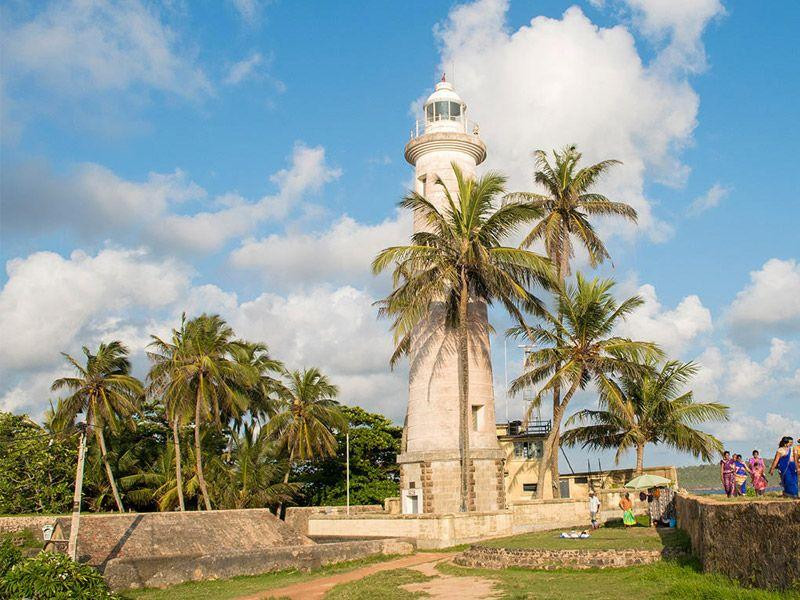Exploring the Pearl of the Indian Ocean: The Best Time to Visit Sri Lanka
Sri Lanka, known as the Pearl of the Indian Ocean, is a tropical paradise blessed with breathtaking landscapes, rich cultural heritage, and warm hospitality. When planning a trip to this enchanting island, it is crucial to consider the best time to visit in order to make the most of your experience. In this article, we will guide you through the seasons of Sri Lanka and highlight the ideal time to visit based on weather, festivals, and activities.
High Season: December to March
The high season in Sri Lanka corresponds with the dry northeast monsoon, offering sunny skies and pleasant temperatures. From December to March, the coastal areas, including popular tourist destinations like Galle, Negombo, and Trincomalee, experience optimal weather conditions. It is an ideal time for beach activities, diving, and exploring the cultural sites without the interference of heavy rainfall.
Shoulder Season: April and September to November
The shoulder seasons in Sri Lanka, particularly April and September to November, present a mix of good weather and fewer crowds. The northeast monsoon transitions to the southwest monsoon during these months, bringing occasional rain showers to the western and southern coasts. However, the central highlands, including the scenic tea plantations of Nuwara Eliya and Ella, offer cooler temperatures and breathtaking landscapes. It is an excellent time for hiking, wildlife spotting, and exploring the cultural heritage of ancient cities like Sigiriya and Polonnaruwa.
Monsoon Season: May to August
The southwest monsoon brings intermittent showers to the western, southern, and central regions of Sri Lanka from May to August. Although rainfall is more frequent during this period, it is not continuous throughout the day. The advantage of visiting during the monsoon season is the lush greenery, fewer tourists, and lower hotel rates. The cultural triangle, which includes Kandy, Anuradhapura, and Dambulla, can still be explored, and the wildlife parks, such as Yala and Udawalawe, offer unique experiences with increased animal sightings.
Cultural and Festival Highlights:
Sri Lanka is known for its vibrant festivals, and experiencing them adds a whole new dimension to your visit. The Sinhala and Tamil New Year in April brings lively celebrations across the country, showcasing traditional games, delicious food, and cultural performances. The Esala Perahera in Kandy, held in July or August, is a grand procession featuring beautifully adorned elephants, drummers, and dancers, paying homage to the Sacred Tooth Relic of Lord Buddha. Planning your visit to coincide with these festivals allows you to immerse yourself in the local culture and witness their vibrant traditions.
Wildlife Encounters:
Sri Lanka is a biodiversity hotspot, and wildlife enthusiasts will find incredible opportunities for wildlife encounters throughout the year. The dry season from May to September is an excellent time for leopard safaris in Yala National Park, as the animals gather around water sources. The whale-watching season along the southern coast, particularly Mirissa, peaks from December to April, offering a chance to spot majestic blue whales and dolphins.
Planning Considerations:
While considering the best time to visit Sri Lanka, it is important to note that weather patterns can vary within different regions of the island. The east coast, including Trincomalee and Arugam Bay, experiences its dry season from April to September, making it an ideal choice for beach activities and water sports during this time.
For More Info:-

Comments
Post a Comment